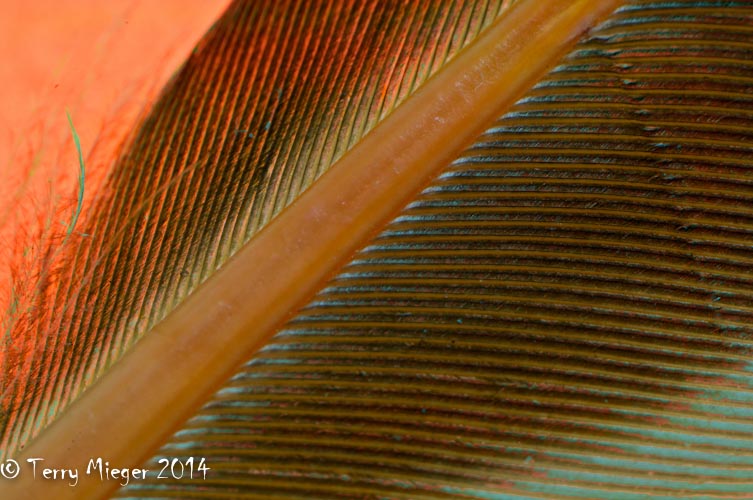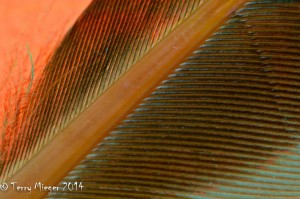Images from the Id – The Ugly the Bad and the Good? . Part 3 – the Pinhole Camera
The Ugly – Ok digital pinhole images just don’t look good.
The Bad – This really has little use except…
The Good – It turns out the concept of the pinhole camera is a great teaching idea for basic photography.
Focus and sharpness are not the same thing. The pinhole camera has infinite focus because there is no lens. The sharpness is dependent upon the diameter of the pinhole , so in the case of my digital attempt it stunk. You can’t get a pinhole small enough for a digital sensor. the ratio of the size of the pinhole to the sensor size is too big. In the real world this works out to why huge enlargements from small sensors is difficult and every flaw in the lens shows up. Sharpness is a perception of the contrast between the edges of small objects. With the pinhole the object can be no smaller the diameter of the hole. So why don’t we make an extremely small pinhole? Light particles (Photons) like all matter has wavelengths (You know your Quantum Physics don’t you?) and as the size of the hole the light is passing through decrease to its wave length it refracts or bends into rainbow like patterns. Not good for photography. Implication? What would happen at very, very small f-stops?
Depth of Field, so this is really related to f-stop and will increase as the f-stop get smaller (number goes up) to the limits of diffraction. So is taking the picture of the interior of that rose best at f-32 and 2 minutes expose? Or do you have other choices?
Inverse Square Law, or Exposure Time – more physics? Yes, the laws of nature really do rule. This law says, “The intensity of a light source decrease as the inverse square of the distance (1/d2) to the source” (or something like that) That is a lot more than most of us would think. This is especially significant in telephoto lens. If we had a working pinhole camera and changed the distance to the sensor from 2 inches to 4 inches would the expose time double. No, remember the Inverse Square Law. The exposure would go down (inverse) by the square of the change. Changed by 2 inches so 22 = 4 time increase in exposure. If the original exposure was 5 sec the new exposure would be 5X4 or 20 sec. Modern cameras get around this by measuring the exposure at the sensor.
Next week we’ll see- maybe politics or religion or I’ll tell you about focus stacking
This week’s Photo
“A Flicker’s Feather”, Norther Flicker, ISO 200; 12 sec. shutter speed; f 22; -1 EV; 105/157 mm, Aperture priority; spot metered. Cropped for composition; processed and sharpened in Lightroom 5.3. This is a good subject to start do macro photography because it is basically all in the same focal plane.










